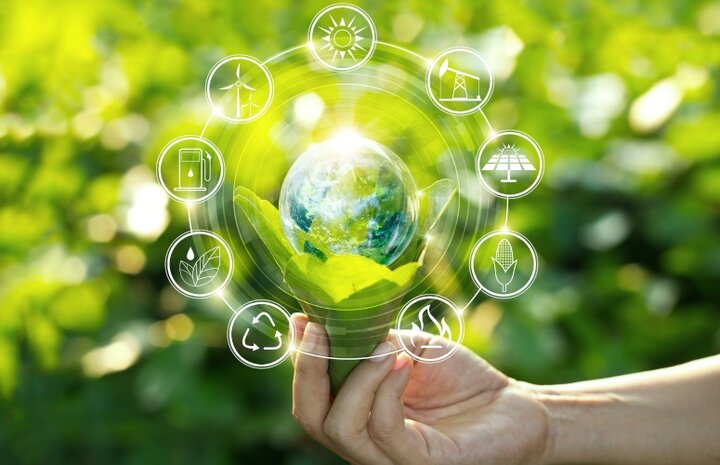Iran (IMNA) - An energy-self-sufficient building is a potential approach where each building can produce its own energy without the need for an external source. This approach can be achieved through the use of renewable energy sources such as solar panels, wind turbines, and geothermal systems.
By implementing these technologies, buildings can generate their own electricity and heat, reducing their reliance on traditional energy sources and lowering their carbon footprint.
Additionally, energy-efficient building designs can further reduce the amount of energy needed to power a building. This includes features such as insulation, efficient lighting systems, and smart heating and cooling systems. The benefits of energy-self-sufficient buildings extend beyond environmental sustainability. They also provide a sense of independence from external energy providers and can lead to cost savings for building owners in the long run. As the world continues to prioritize sustainable practices, the development of energy-self-sufficient buildings is becoming increasingly important in creating a more sustainable future.
Mahdi Baqaei, the deputy mayor of Isfahan for environment and urban services, noted that in order to provide clean energy production facilities in this building, more than 2 billion tomans have been spent on solar panels and about 400 million tomans on optimizing this building, for a total cost of about 2 billion and 500 million tomans. Additionally, the annual income from electricity production in this building amounts to 330 million tomans, which, after deducting the expenses, gives us a net profit of about 330 million tomans.
Not only does thid building lead to cost savings and increased profitability, but it also has a positive impact on the environment by reducing energy consumption and greenhouse gas emissions. As such, it is crucial for businesses and organizations to prioritize sustainability in their operations and invest in energy-efficient technologies. This not only benefits their bottom line but also contributes to a more sustainable future for all.
“The partnership with knowledge-based companies, the production of lighting using mirrors and thermal insulation of the building are important features of this project,” he noted.
“One of the significant points in the self-sufficient energy building of region is the use of a chandelier that reflects light to other parts of the building through a mirror without using electricity.


Your Comment